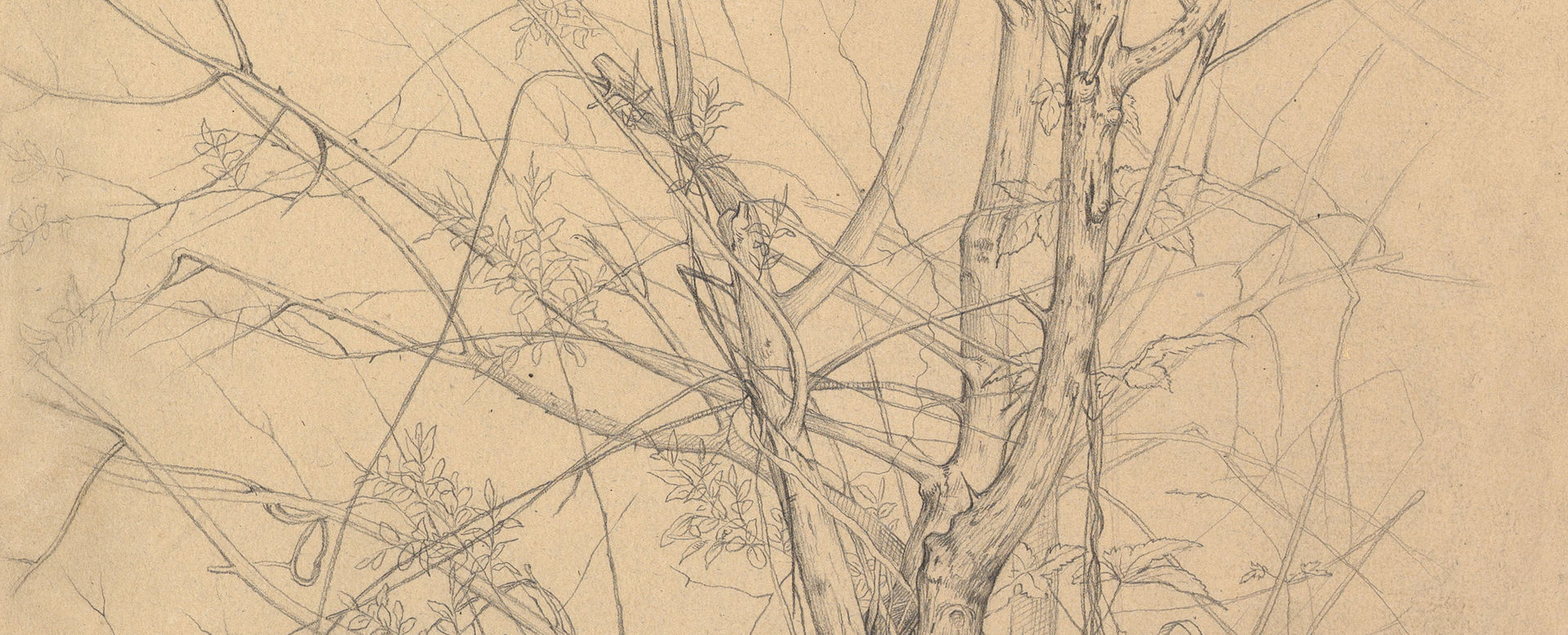Quentin Durward and the disguised Louis XI (recto); Study of male figure (verso)
Richard Parkes Bonington British
Not on view
Working in Paris, Bonington established new standards for watercolor, and here uses the medium to describe an episode near the start of Sir Walter Scott's "Quentin Durward" (1823). That novel dramatizes a fifteenth-century power struggle between Louis XI and Charles, Duke of Burgundy, and proved more popular in France than Britain when first published. The title character, standing here at right, is a young man of good family who travels to Plessisles-Tours in France to seek employment in the king's band of Scottish archers. After nearly drowning while fording a flooded river, Durward upbraids two onlookers who failed to warn him of the danger. Dressed as merchants, they are in fact Louis XI and Tristan l'Hermite, Marshall of France. The king–calling himself Maître Pierre and sporting red hose–admires the young man's spirit, conveyed in the drawing through his assertive stance. For many years this work was known only through an engraving by Edward Goodall used as a frontispiece in the 1831 set of Waverly Novels published by Robert Cadell.
This image cannot be enlarged, viewed at full screen, or downloaded.
This artwork is meant to be viewed from right to left. Scroll left to view more.





